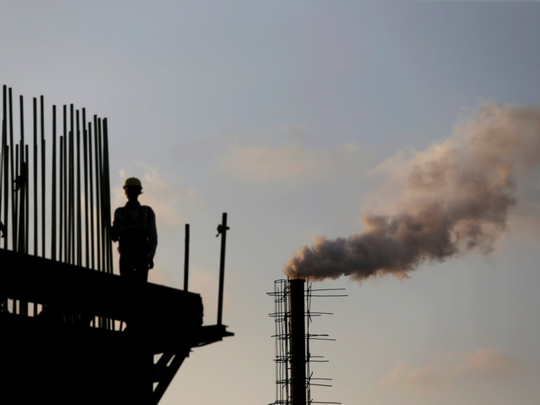
The residential colony where I lived for several decades was an oasis tucked far away from the bright city lights. The houses then were independent units with large compounds, appropriate for retired and serving army officers who were used to living in bungalows with large tracts of land where gardens flourished. The lifestyle was maintained and I remember my mother spending the better part of the day among her pride and joy — her vast variety of plants. Her collection of dahlia blooms was envied by the neighbours.
This secluded haven was surrounded by acres of land where we walked with our dogs. There was a lake within walking distance and my Dalmatian delighted in taking a dip in it, shaking himself dry as he came out and rolling in the grass. There were a handful of shops, with one grocery store, inexplicably called Ding Dong, catering to the needs of the residents. The bus service to town was erratic and autos few and far between. But for those of us who lived there it was worth the lack of amenities. It was safe to go for a walk even at night, which I did often with my Dalmatian who suffered from a severe case of wanderlust. There was little traffic on the roads and the silence at night was deafening to visitors who were used to constant cacophony.
But, as the years passed, this peaceful retreat was transformed by the rapid rise of prices of real estate and the population explosion. Soon, this neighbourhood found itself surrounded by housing societies and the serenity shattered by the raucous sounds of construction work. High-rise buildings dotted the skyline and shops sprang up at almost every corner to cater to the needs of the growing number of residents.
However, those living in this haven continued with their lives although they did bemoan the end of what had been an idyllic life. Then, the children grew up and settled down in other countries and the parents realised that they were never going to come back home except for holidays. As property prices soared, the residents found they were sitting on a proverbial gold mine. Some succumbed and sold their homes to move into smaller units that were easier to manage. These were snapped up by rich civilians who razed these homes and built mansions. I know one army wife who settled in the United States after the death of her husband to be with her only child. She refused to come back to the city as her beloved house had been transformed beyond recognition by the buyer.
As I walk around this neighbourhood, I count the number of houses that have withstood the onslaught of time and circumstance, and I find that there are only a handful left that I can still recognise.
The roads are now chock a block with traffic and crossing one of them an exercise in patience and perseverance. There is a wide range of shops and restaurants living cheek by jowl with small vegetable and fruit stalls. I am delighted to see that Dong Dong still stands and that the bell has not yet tolled for this survivor.
Though much has changed, there are some positives. For example, the lake that had shrunk due to encroachment and was choked with hyacinth is being reclaimed due to the diligent efforts of a group of activists who brought its pitiable plight to the notice of municipal corporators. The hyacinth is being removed, allowing the lake to breathe again.
There is a farmers’ market every Sunday and the fresh produce piled on carts is a visual treat.
Development is unstoppable and I realise that, instead of longing for the slower pace of another time, I should be grateful that everything I need is now within walking distance.
Vanaja Rao is a freelance writer based in Hyderabad, India.










